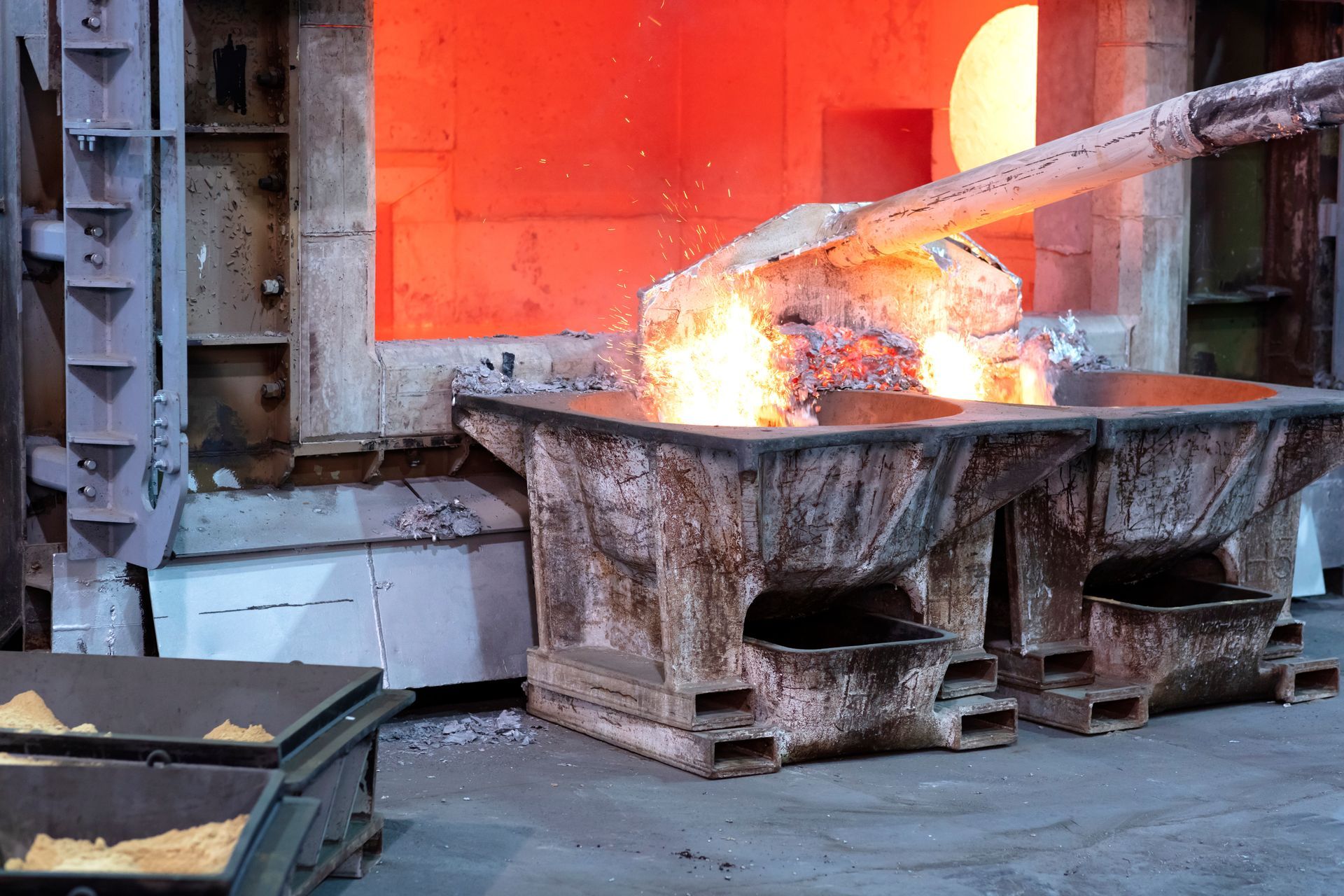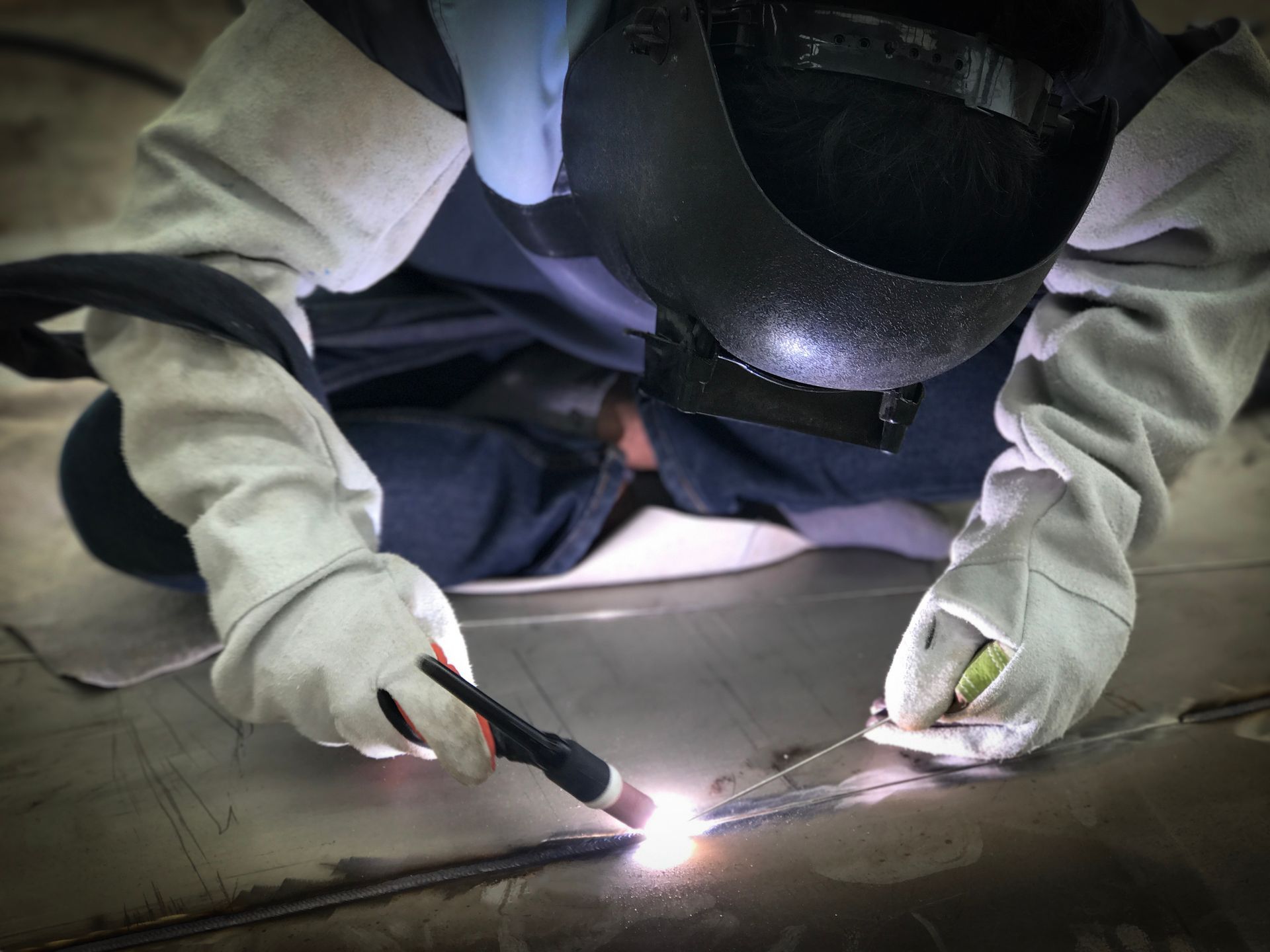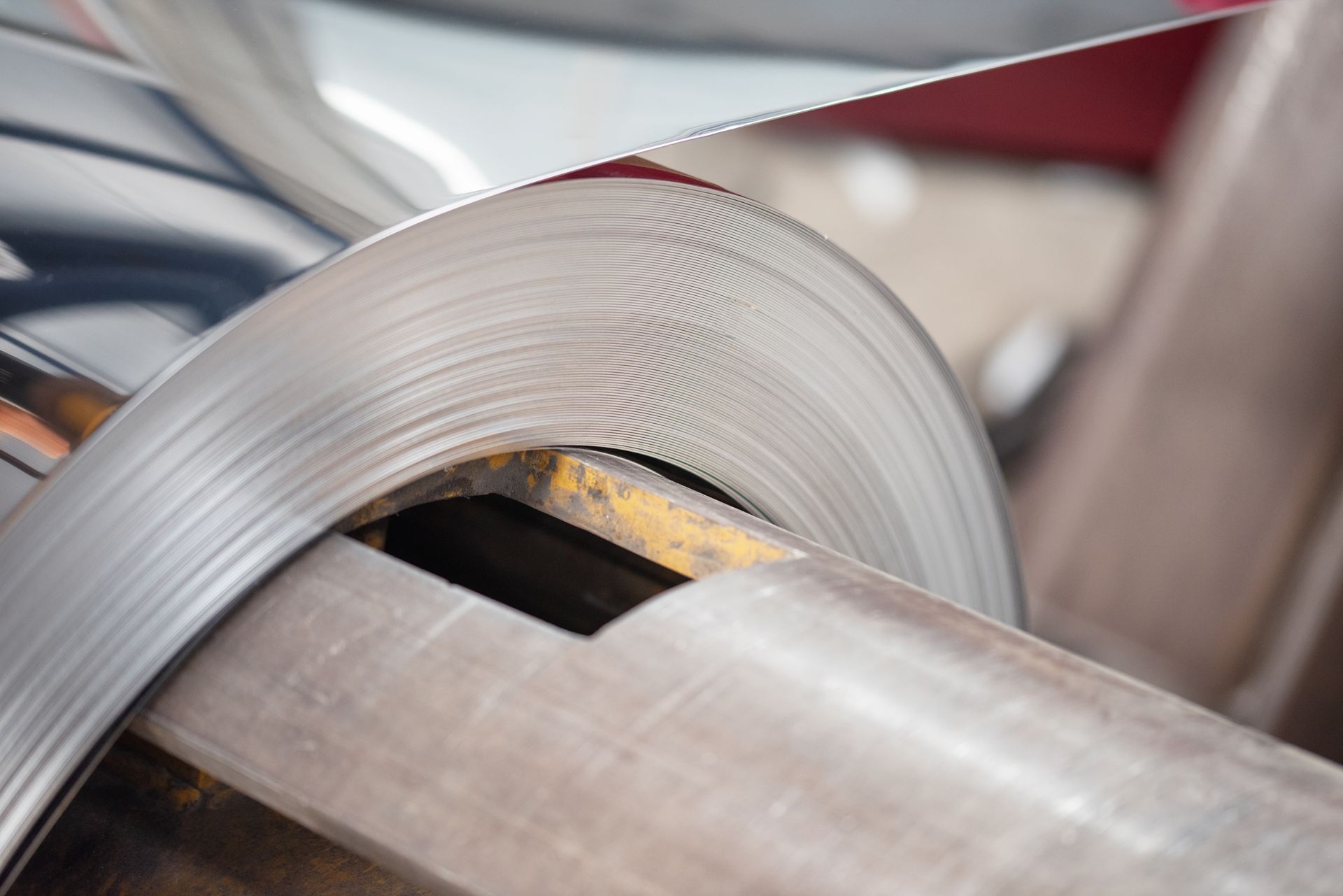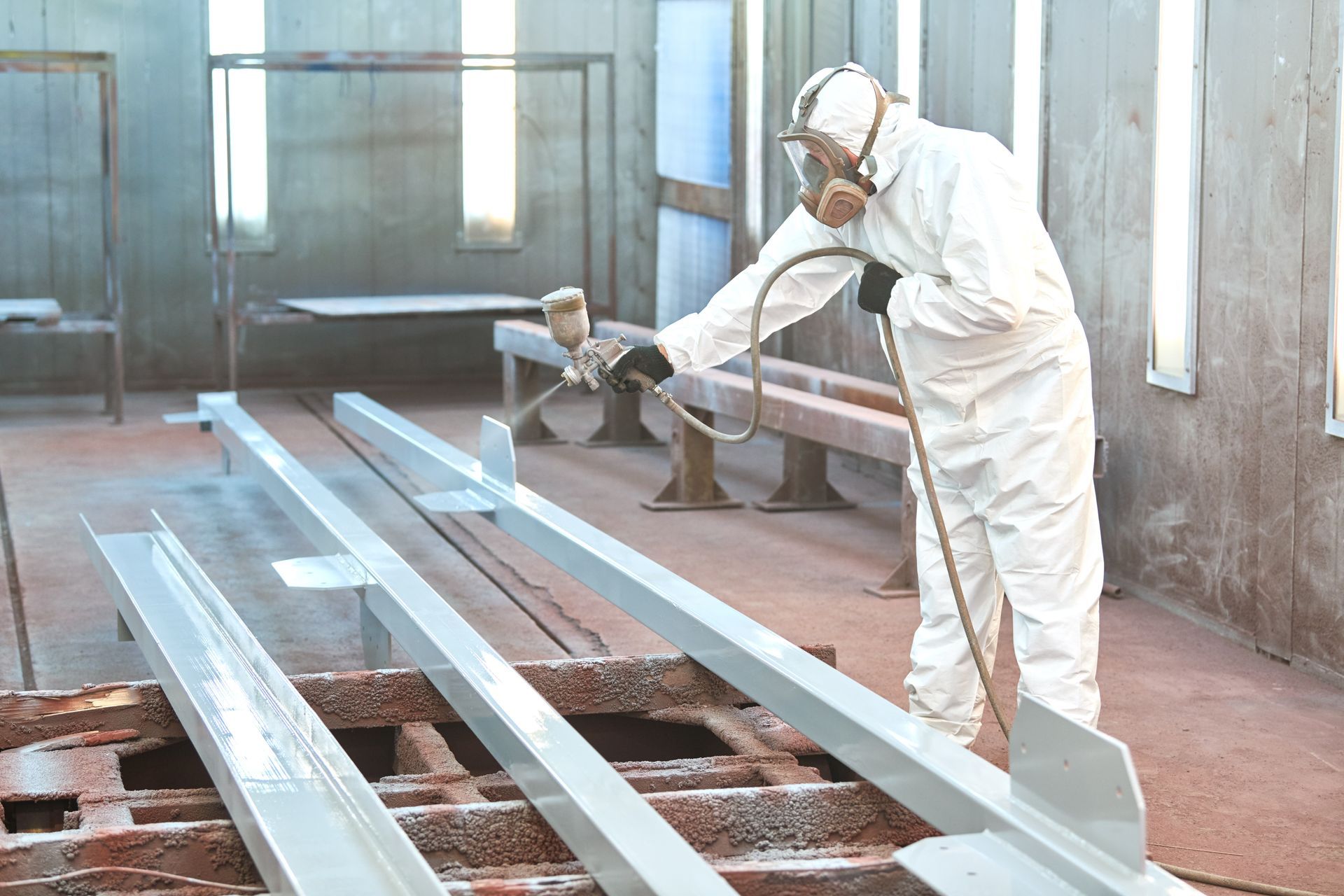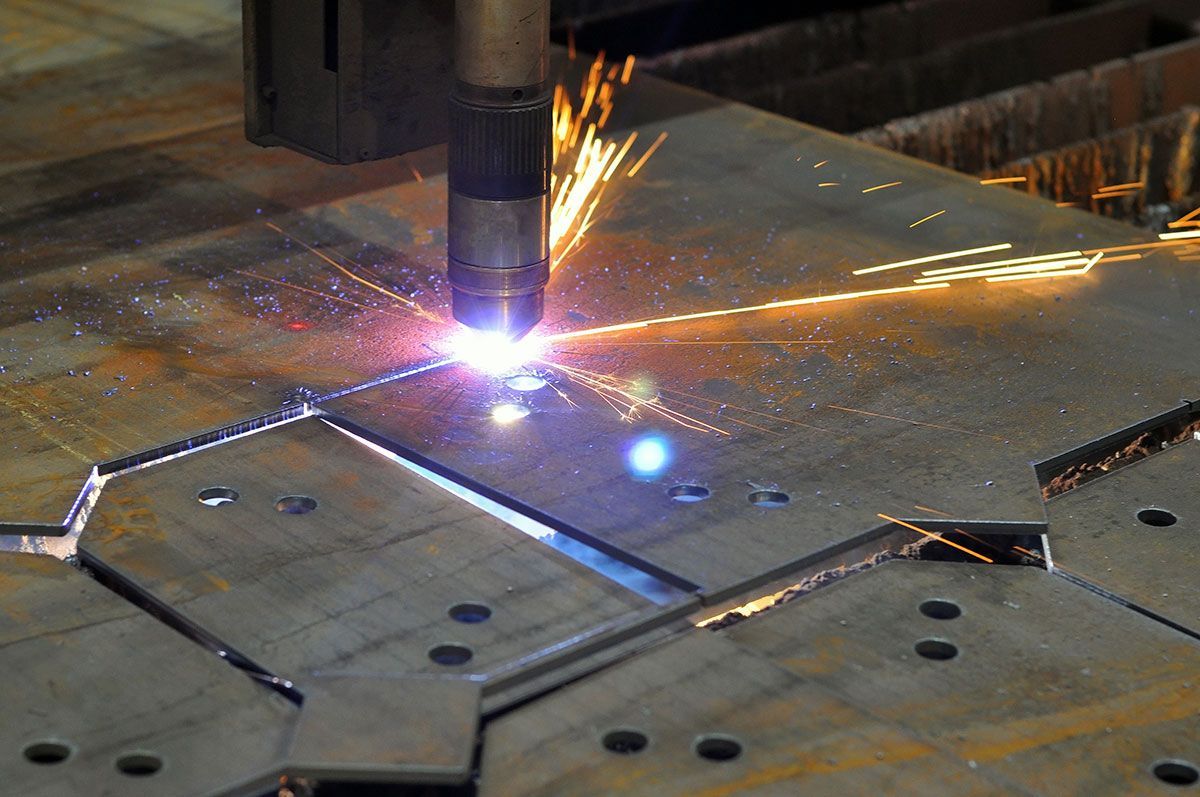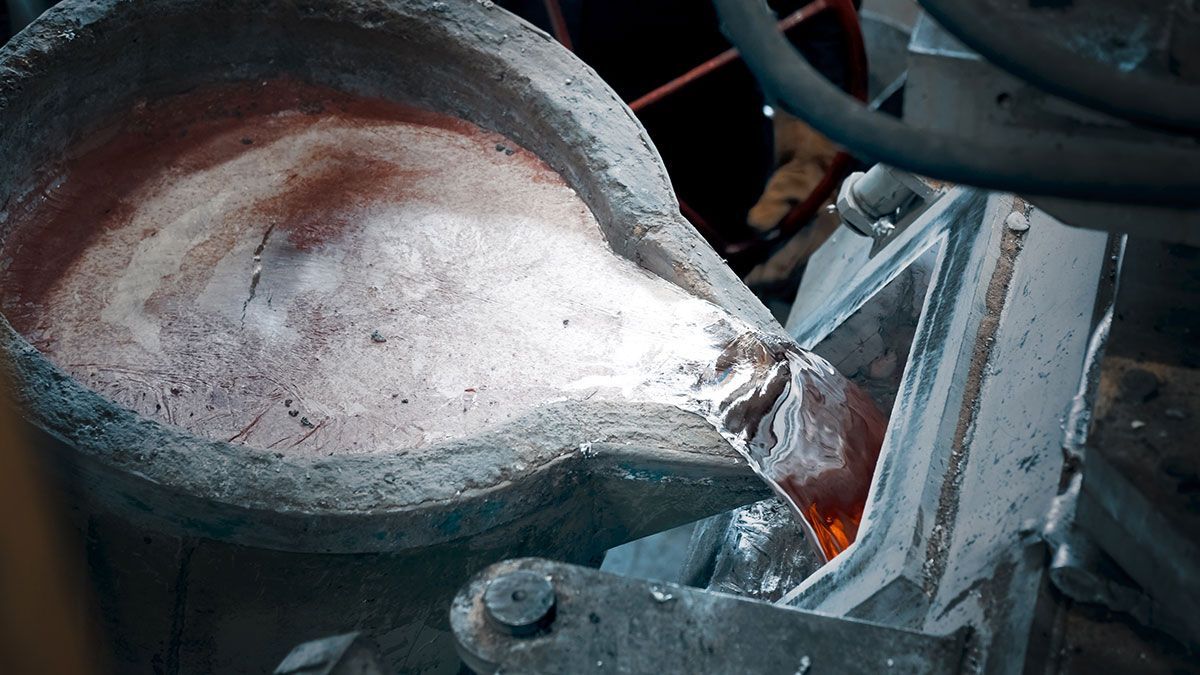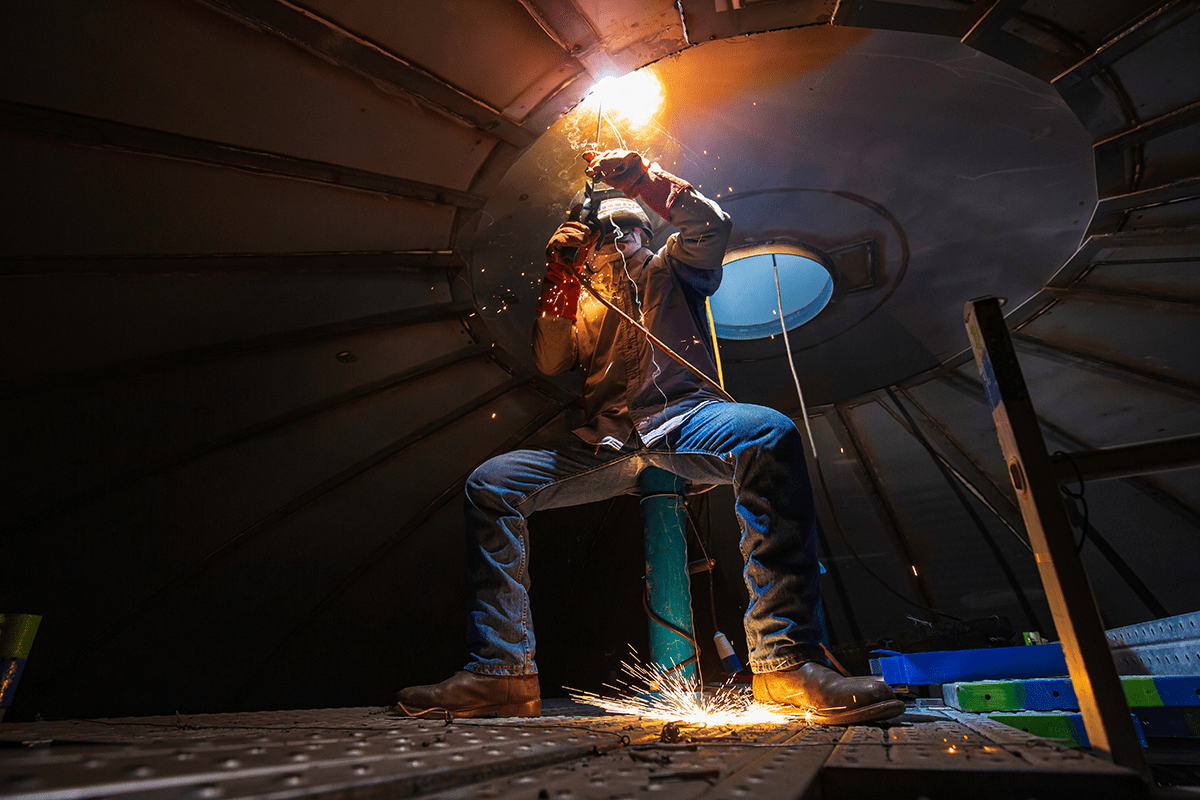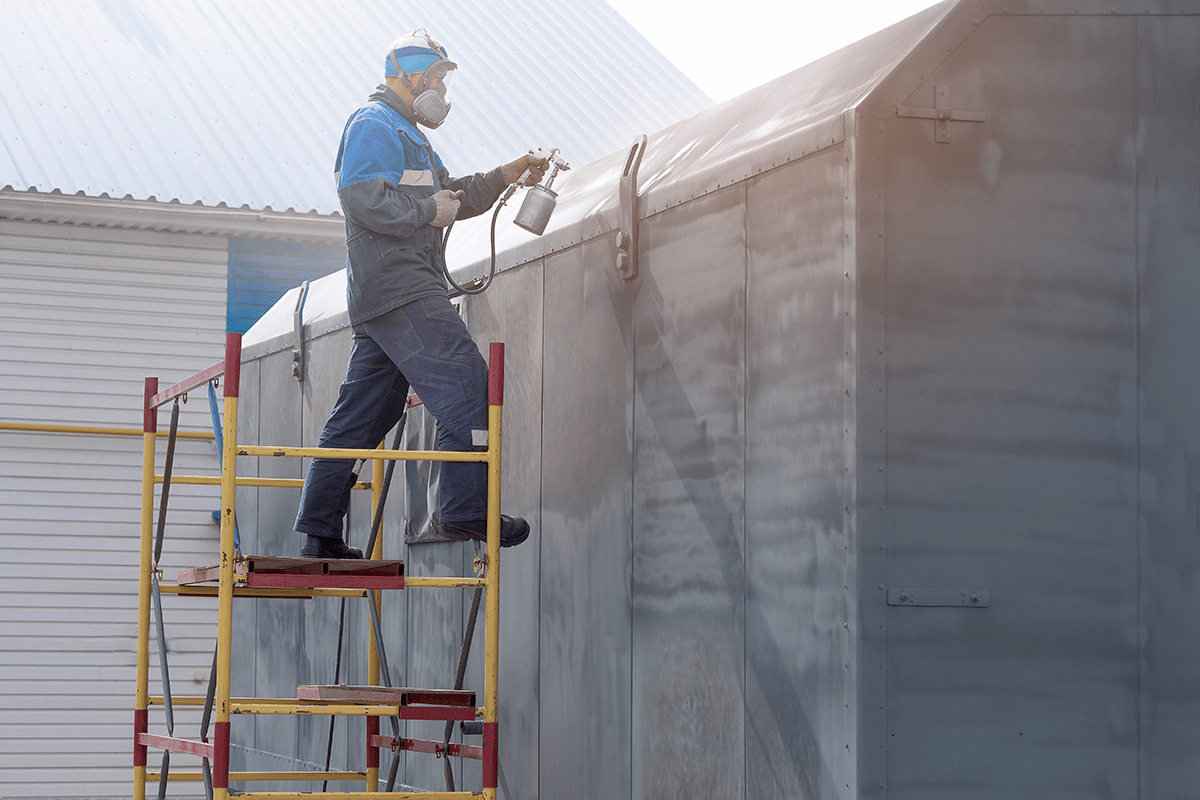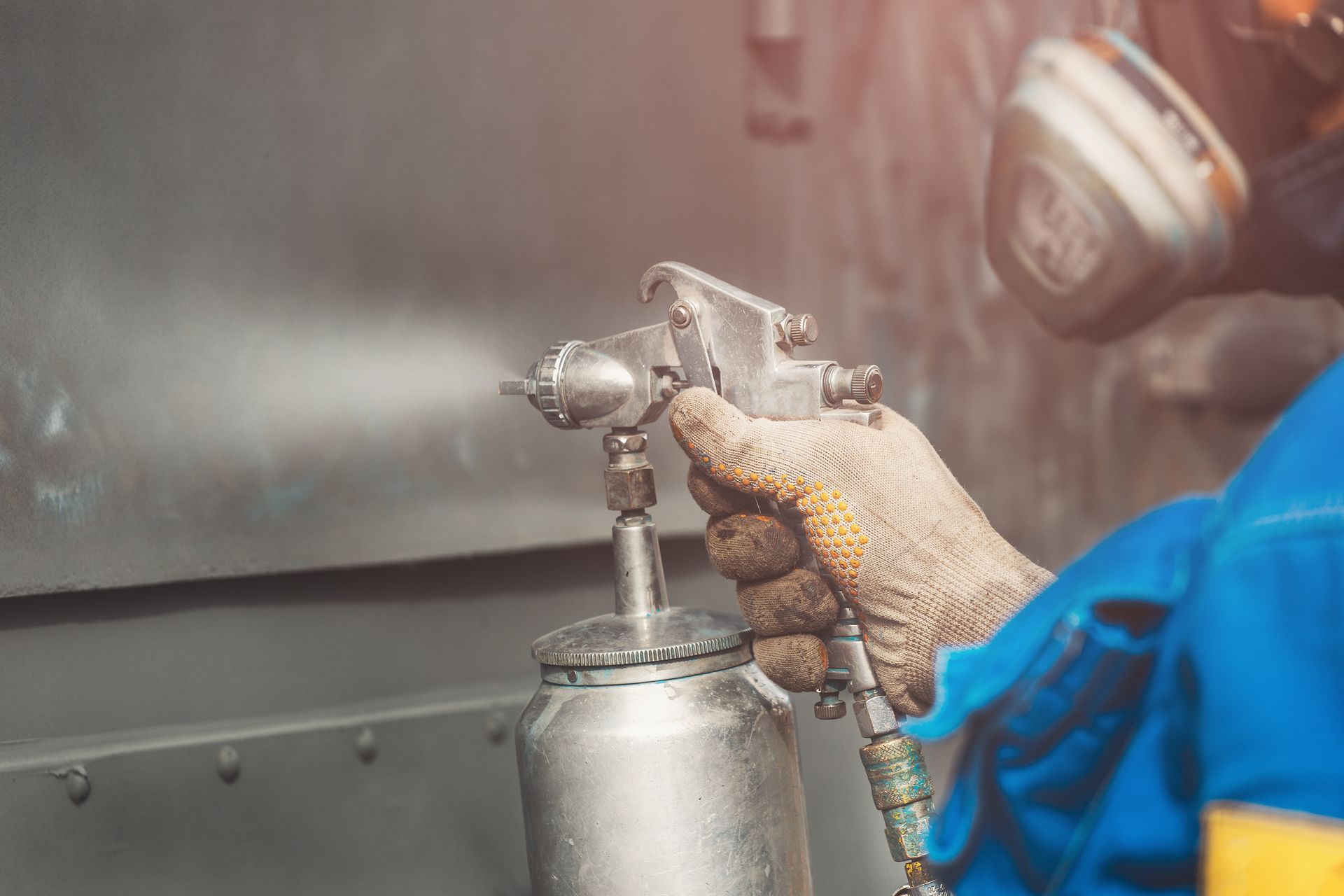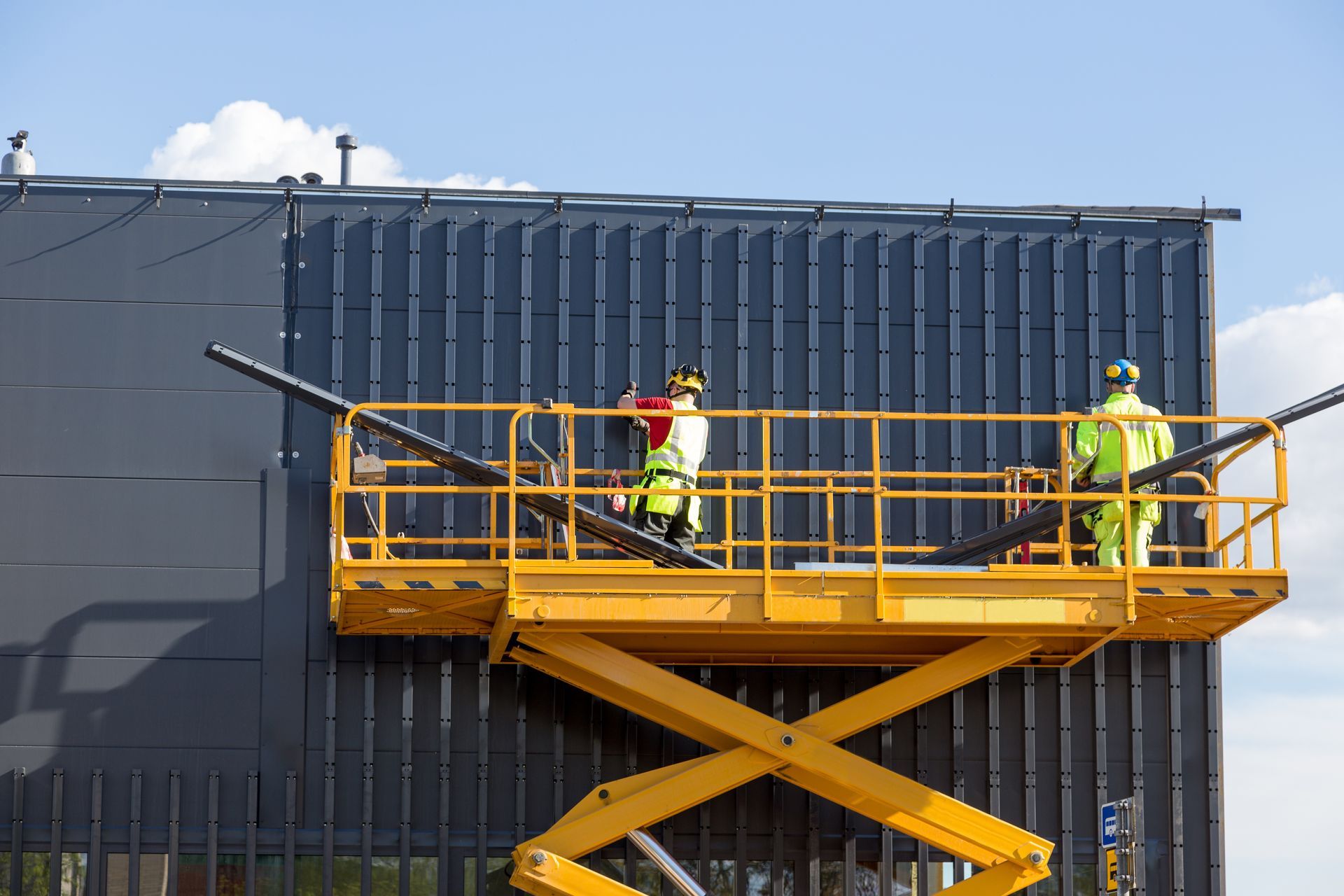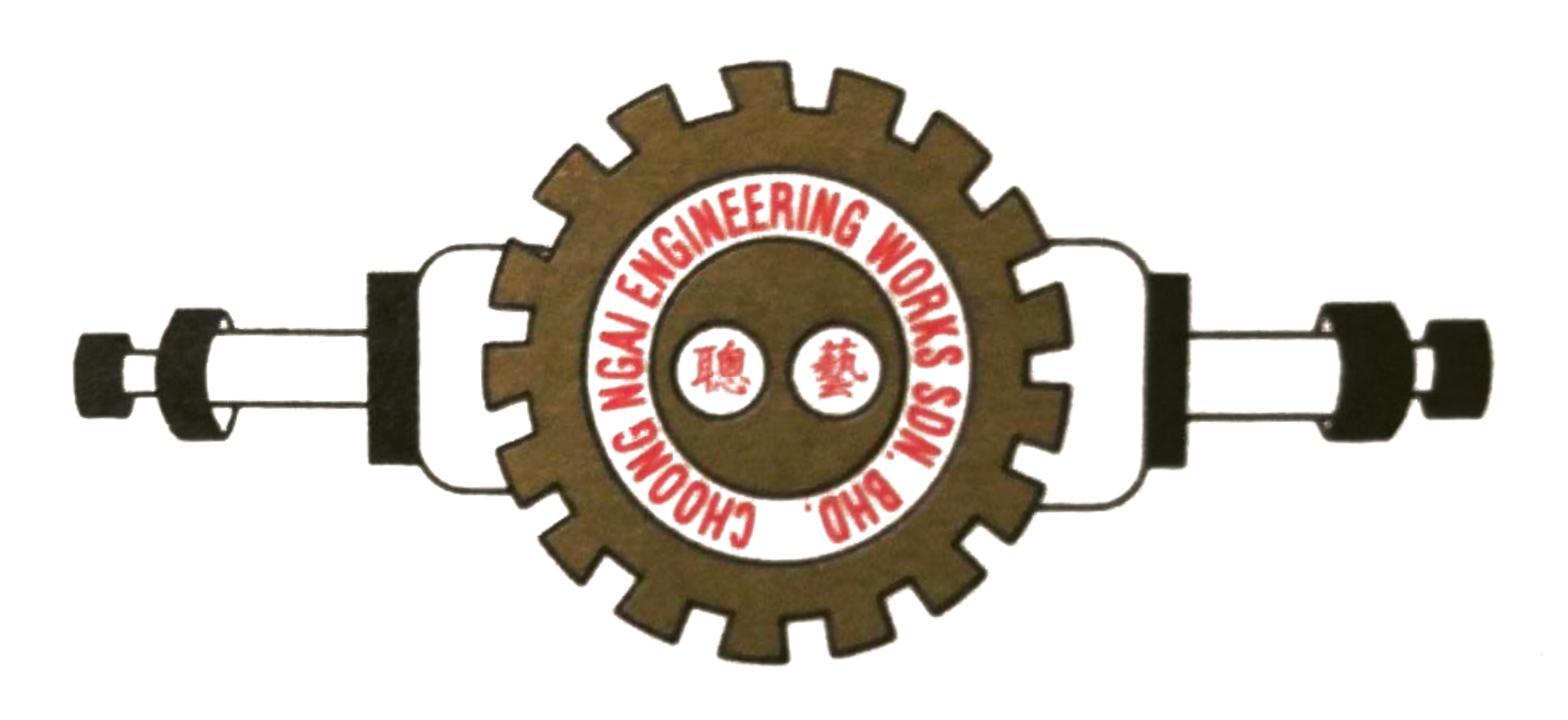Do You Need A Pitch Blade Turbine Fabricator?
As one of the many evolution that stem from the flat blade turbine, the pitched blade turbine (PBT) is one of the most widely used impellers and one of the oldest designs of the mixing industry.
It was first developed to angle the blades to promote more axial flow than radial to enhance the efficiency of the mixing process. Depending on the angle of the blade pitch, the impeller axial to radial flow ratio can be tuned for the specific process.
The 45-degree PBT is most common and efficiently applied in blending and dispersion operations where higher power and turbulence is required, such as powder incorporation, heat transfer and rapid mixing.
On the other hand, a 32 degree blade pitch is also available depending on your process needs.
The pitch blade turbine impeller provides excellent mixing ability while providing easy cleanup for your operations. Due to its simple design, it is incredibly cost effective in large applications and higher viscosity applications.
Today, you can find many industries implementing PBTs with their impeller mixers including
chemical and mineral processing, water and wastewater treatment, paint and coating manufacturing, oil and gas and more.
Process of Pitch Blade Turbine Fabrication
Today's PBTs are mainly manufactured via a method called investment casting (or lost-wax processing).
This is a process that involves creative a precise negative die of the blade shape that is filled with wax to form the blade shape.
Next, If the blade is hollow (i.e., it has internal cooling passages), a ceramic core in the shape of the passage is inserted into the middle. The wax blade is coated with a heat-resistant material to make a shell, and then that shell is filled with the blade alloy.
If there is a ceramic core in the middle of the blade, it is then dissolved in a solution that leaves the blade hollow.
Some of the advantages of pitch blade turbines are:
- Flexible fabrications and types of pitch blade turbines available to businesses, from two to eight blades (while three and four being the most common)
- Easily combine axial and radial flow for heat exchange with vessel walls or internal coil
- Can be used in either down-pumping or up-pumping mode
- Advantageous in blending solids suspension where elevated shear is needed
- Able to handle higher gas rates over high efficiency designs.
Most pitch blade turbine fabricators should also provide a range of finishing options for all shafts and impellers.
This way, you can ensure a stable, consistent and trouble-free performance of the PBT in a variety of environmental conditions. Some of the more common options include:
- Rubber lined – shafts and impellers may be coated in butyl rubber for highly abrasive mixing applications as this can significantly prolong the life of the wet end sand assists in corrosion prevention
- Polished – shafts and impellers can be electro-polished for a high quality, mirror finish which might be a specific requirement in hygienic applications such as pharmaceutical and food manufacturing
Looking for an expert pitch blade turbine fabricator? Try Choong Ngai Engineering
With Choong Ngai Engineering's veteran technicians and engineers, we can provide a start-to-end manufacturing and troubleshooting process of fabricating your pitch blade turbines.
Most importantly, we'll work alongside you and your team to understand and define your exact requirements, and this process ensures that we provide the best solution to your unique maintenance requirements.
With our custom pitch blade turbine fabrication equipment and technique, we've been servicing happy customers for over 20 years. Learn more about our services and previous projects on our website or contact us at
choonngaiengworks@gmail.com
